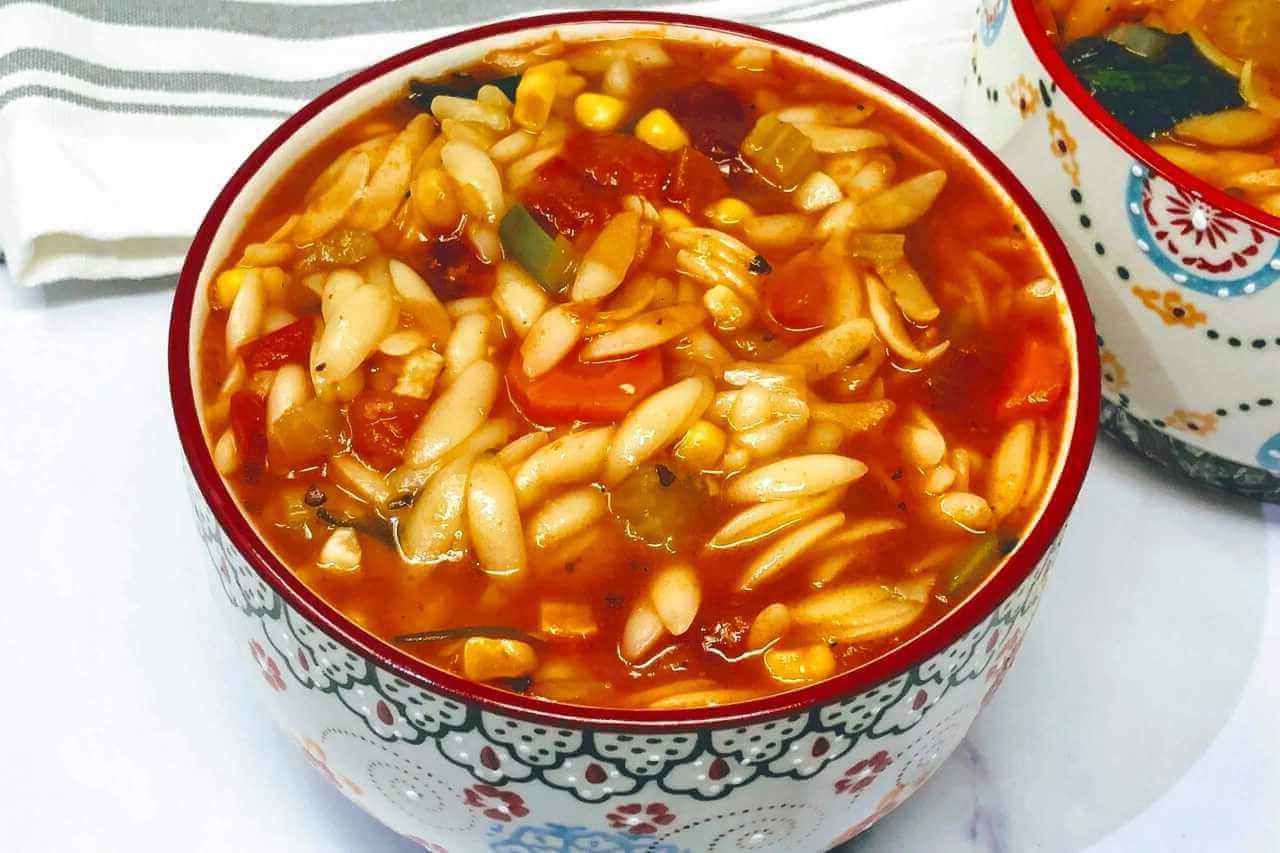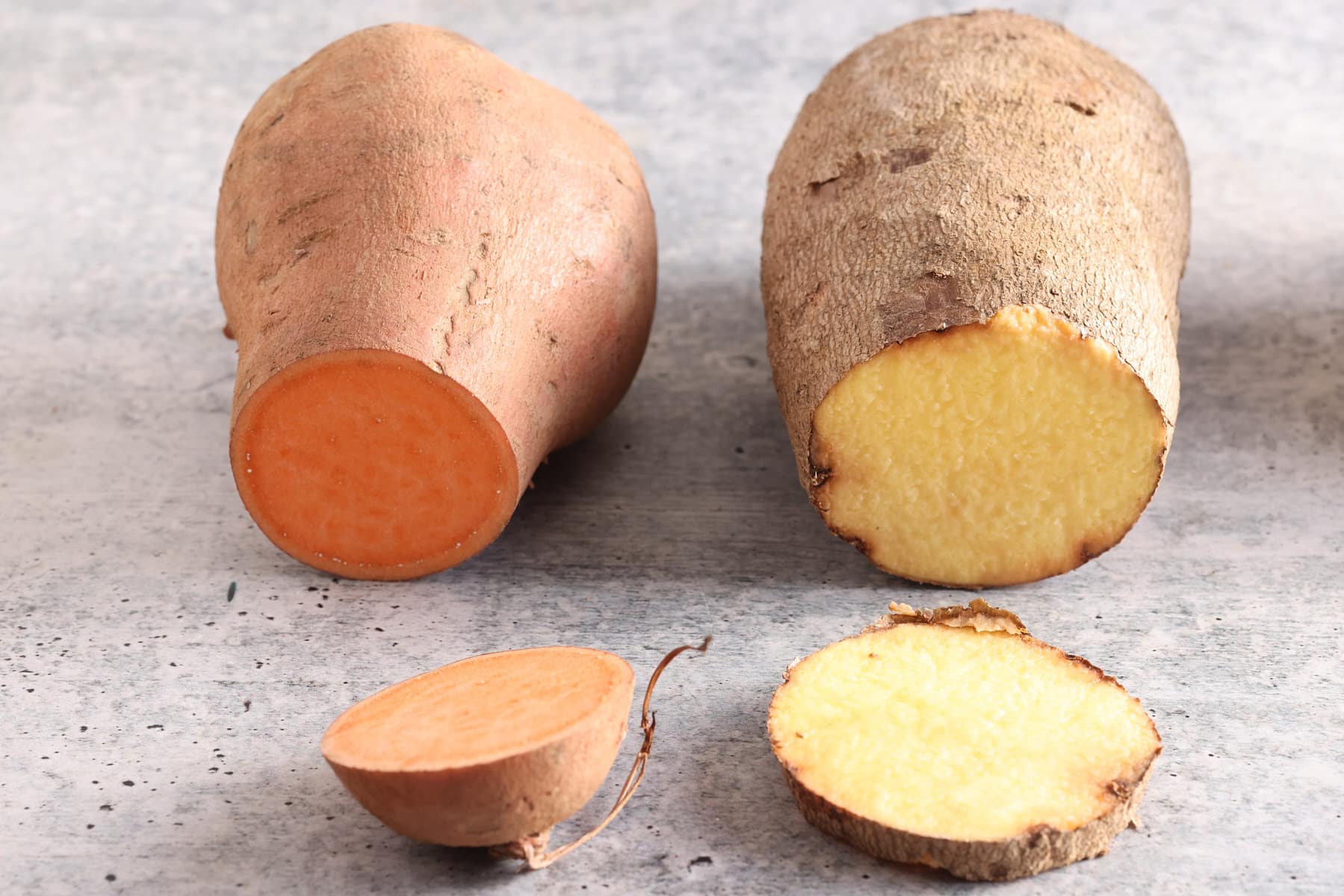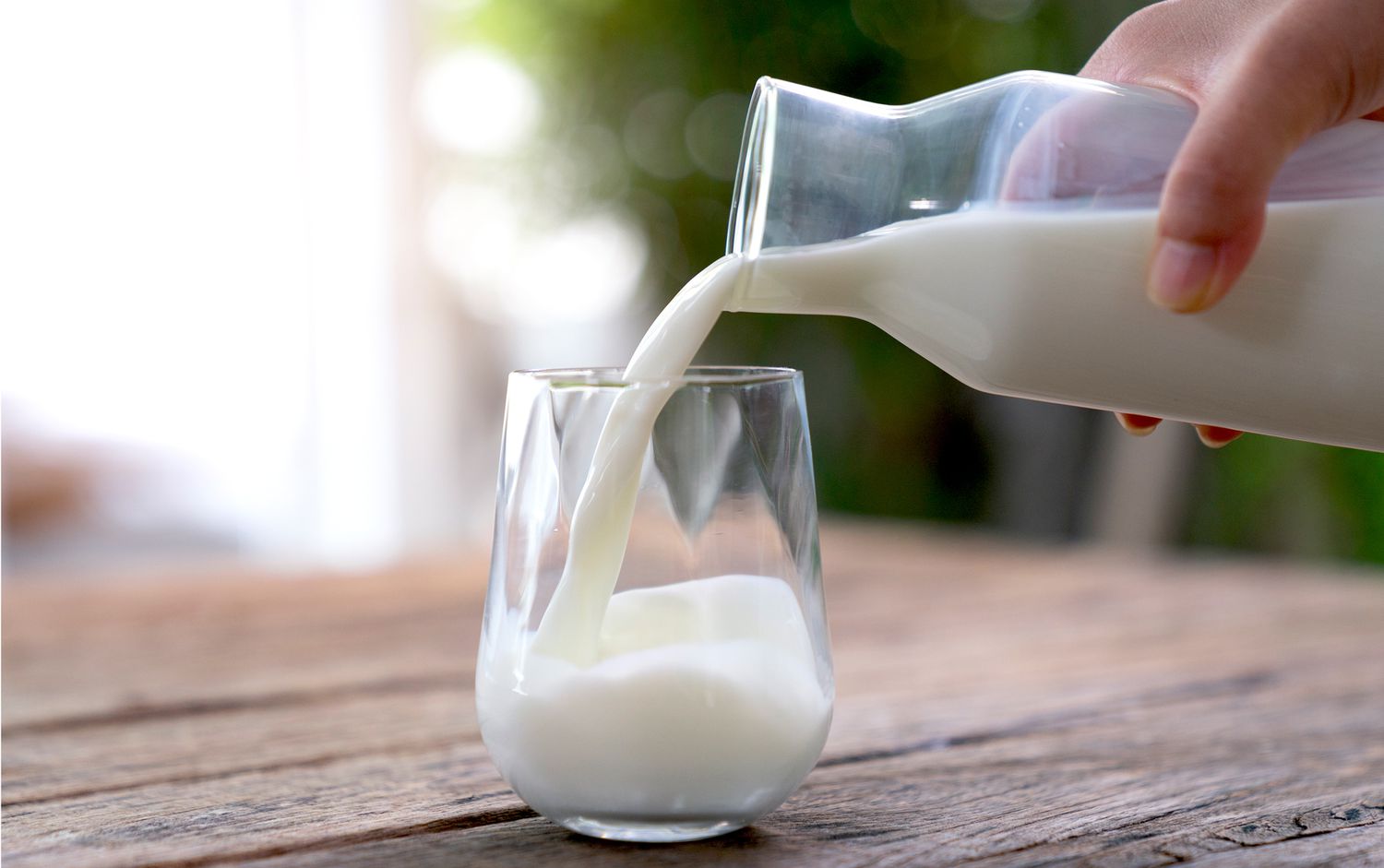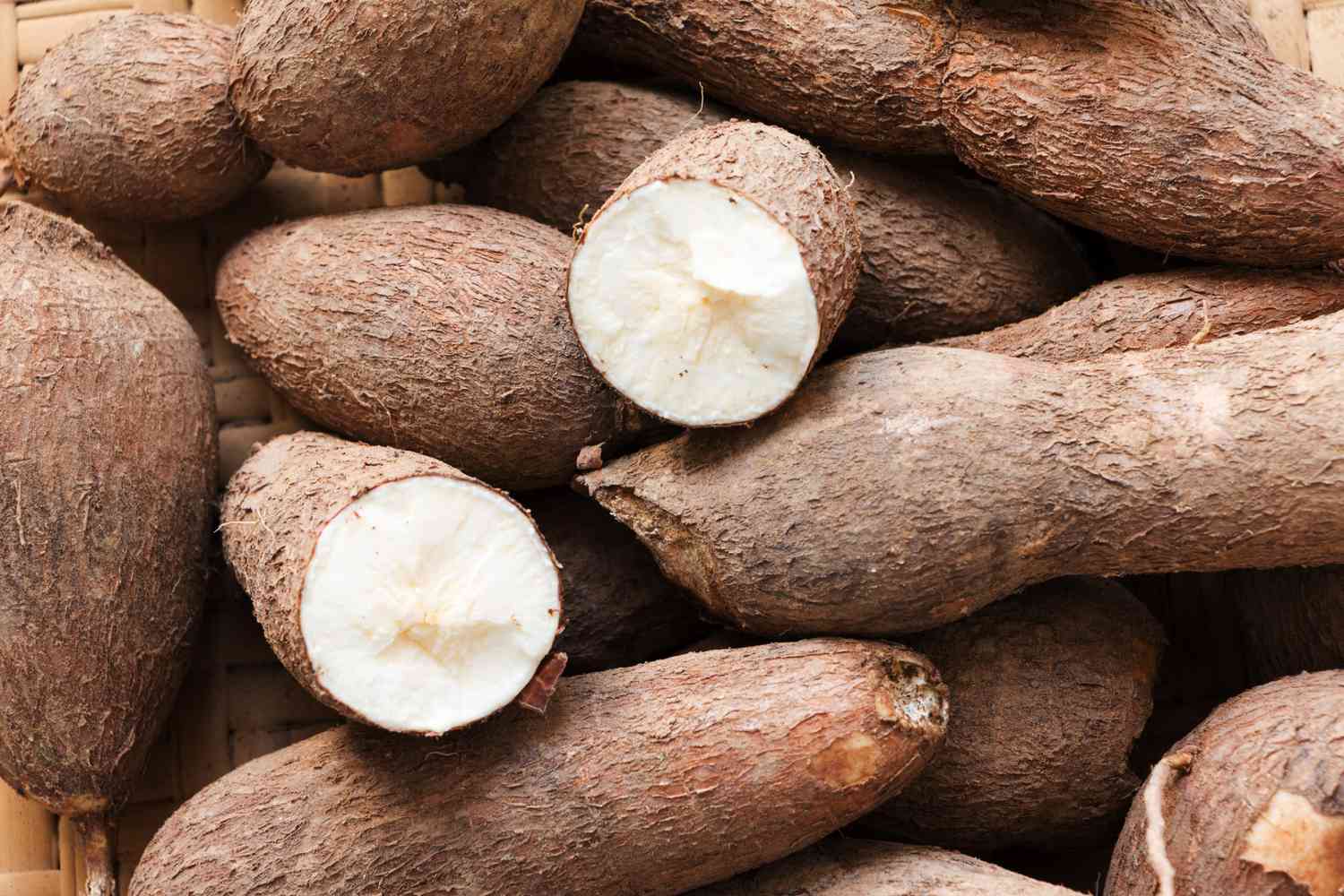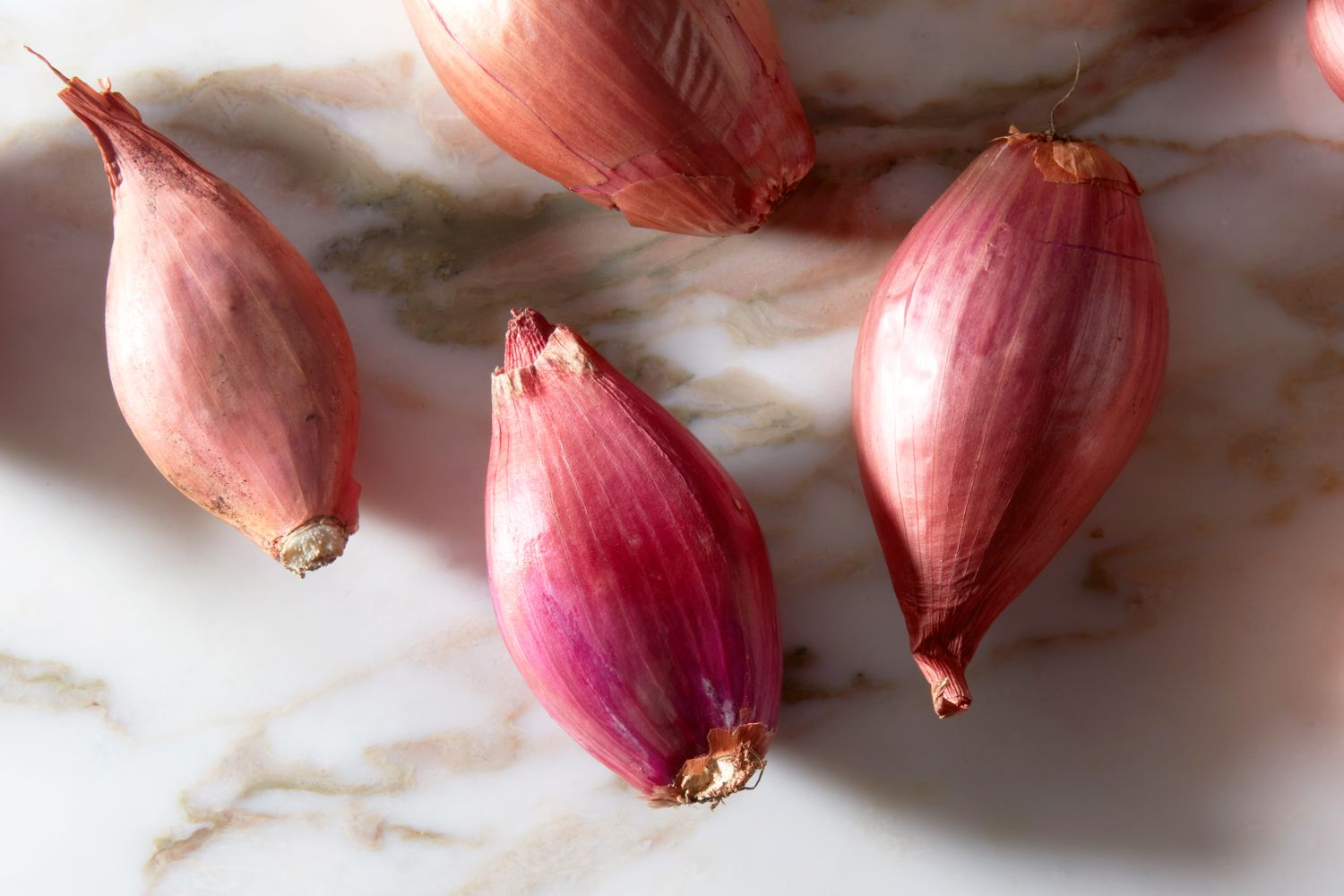Understanding Mustard Greens and Collard Greens
When it comes to leafy greens, there are many varieties to choose from, each with its own unique flavor and nutritional benefits. Two popular options are mustard greens and collard greens. While they may seem similar at first glance, there are some key differences between the two.
Mustard Greens
Mustard greens are leafy vegetables that belong to the Brassica family, which also includes cabbage and broccoli. These greens are known for their peppery flavor, which can range from mild to spicy, depending on the variety. Mustard greens are rich in nutrients, including vitamins A, C, and K, as well as folate and fiber.
When it comes to cooking, mustard greens can be enjoyed raw in salads or cooked in a variety of dishes, such as stir-fries, soups, and stews. They are a popular ingredient in many Asian and Southern cuisines.
Collard Greens
Collard greens are also members of the Brassica family and are known for their large, dark green leaves. Unlike mustard greens, collards have a milder, slightly bitter flavor. They are packed with vitamins A, K, and C, as well as calcium and fiber.
Collard greens are a staple in Southern cooking, where they are often slow-cooked with ham hocks or other smoked meats to create a rich, flavorful side dish. They can also be used in wraps, stir-fries, and soups.
The Key Differences
While both mustard greens and collard greens are nutritious leafy greens, there are several differences between the two:
- Flavor: Mustard greens have a peppery flavor, while collard greens are milder and slightly bitter.
- Texture: Mustard greens have a more delicate texture, while collard greens are sturdy and hold up well to cooking.
- Usage: Mustard greens are often used in raw dishes and quick-cooking recipes, while collard greens are well-suited for slow-cooking and braising.
How to Enjoy Them
Both mustard greens and collard greens can be enjoyed in a variety of ways:
- Raw: Add a handful of mustard greens or collard greens to your favorite salad for a nutritious boost.
- Cooked: Sautee the greens with garlic and olive oil, or braise them with broth and seasonings for a comforting side dish.
- Added to Soups and Stews: Both greens can be added to soups and stews for added flavor and nutrition.
In Conclusion
While mustard greens and collard greens share some similarities as leafy greens, they each have their own distinct flavors and culinary uses. Whether you prefer the peppery kick of mustard greens or the milder taste of collard greens, both options are nutritious additions to any diet.
Next time you’re at the grocery store or farmers’ market, consider picking up a bunch of mustard greens or collard greens and experimenting with different ways to enjoy these versatile and healthy leafy greens.
Was this page helpful?
Read Next: What Is Ahi Food
